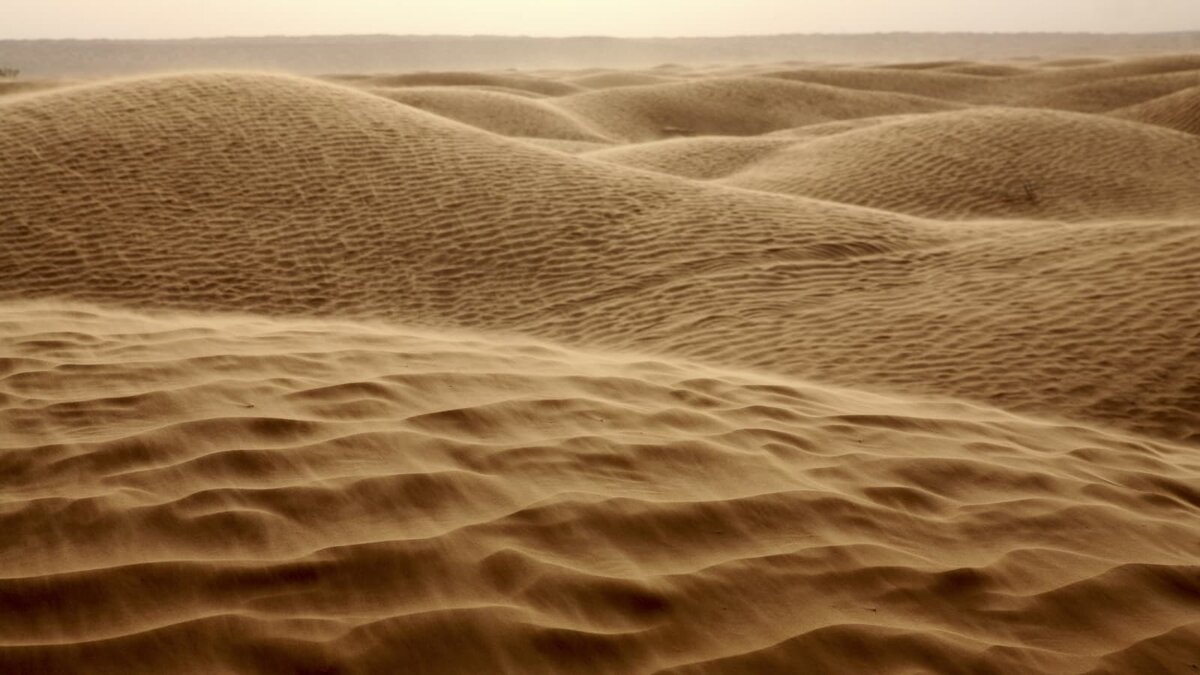
No more sand castles? How the world is suffering from a sand shortage
Going to the beach, carving your name in the sand, and making sand castles are all things we take for granted as part of life’s simple pleasures, but will there soon be a day where we won’t be able to even enjoy beach activities anymore? Thanks to the amount of sand our modern world requires from businesses & construction, the world is now facing a sand shortage.

How is this happening?
We can’t ever imagine a day where we wouldn’t be able to build sand castles or stroll along the sand at the beach, but one day, that may be a possibility. While the need for this substance continues to persist on Earth, the resource is currently slipping away from us. Climate scientists have said that sand constitutes one of the most vital sustainability challenges of the 21st century.
Pascal Peduzzi, a climate scientist who works for the United Nations Environment Programme, announced at a webinar for think tank Chatham House: “Is it time for panicking? Well, that will certainly not help, but it is time to take a look and change our perception about sand”. Peduzzi described the world’s governance of sand as “the elephant in the room”.
Peduzzi, who is also the director of UNEP’s Global Resource Information Database in Geneva, Switzerland said: “We just think that sand is everywhere. We never thought we would run out of sand, but it is starting in some places. It is about anticipating what can happen in the next decade or so because if we don’t look forward, if we don’t anticipate, we will have massive problems about sand supply but also about land planning”.

Global governance on sand
While we’re all building pretty sand castles, the last things on our mind are surely that these seemingly bountiful tiny pieces of rocks will one day be no more, but our entire society is basically constructed and dependent on this substance. CNBC reported that sand is “the world’s most consumed raw material after water and an essential ingredient to our everyday lives”.
“Sand is the primary substance used in the construction of roads, bridges, high-speed trains, and even land regeneration projects. Sand, gravel, and rock crushed together are melted down to make the glass used in every window, computer screen, and smart phone. Even the production of silicon chips uses sand”, CNBC added.
CNBC also reported that the global use of sand & gravel is ten times higher than cement use, which adds up to “forty to fifty billion tons of sand on an annual basis” used by the world. The UN also estimated that 4.1 billion tons of cement is created annually, primarily by China, which makes up for 58% of the modern world’s sand construction.

Making a change
The global rate of sand use only continues to increase, and it has actually tripled in the past two decades thanks to surging urbanization, and the use of sand significantly exceeds the natural rate that sand is being produced by weathering of rocks through wind & water. But how can we solve this dilemma to ensure we can still be building sand castles decades & centuries down the road?
Louise Gallagher, the environmental governance lead at UNEP/GRID-Geneva’s Global Sand Observatory Initiative, called this a complex issue, but identified five priorities to CNBC to resolve over the next two years.
These steps included “cooperation on global standards across all sectors, cost-effective and viable alternatives to river and marine sand, updating environmental, social and corporate governance frameworks in the financial sector to include sand, bringing in ground-level voices and setting regional, national and global goals on sand use at the right scale”.

Peduzzi also stressed the importance of addressing this issue globally. “It is still very much new. In many of the development policies, there is no-one even talking about this issue of sand, where it is coming from, the social impacts or the environmental impacts, so there is a lot of things to be done”, Peduzzi said.
“Yet, no big plans, no standard on how it should be extracted, no land planning on where you should extract and where you should not extract, no monitoring to where it is coming from in most of the places (and) no enforcement of laws because countries are pondering between development needs and the protection of the environment”.
“It’s time to wake up,” Peduzzi added.







